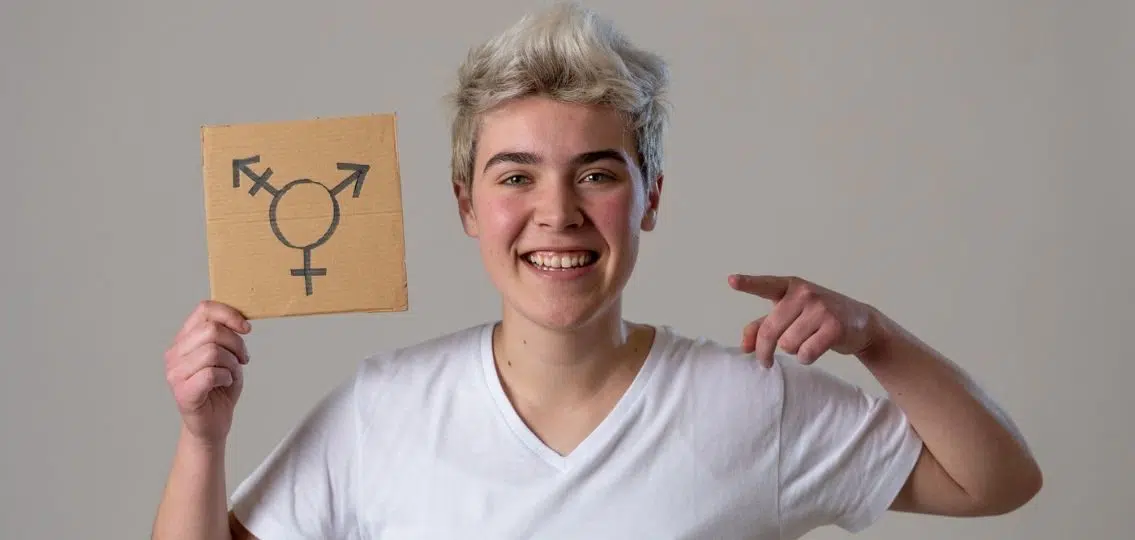As a substitute teacher who floats among seven elementary schools and a middle school, I encounter all kinds of challenges in instructing and keeping the students engaged and on task while maintaining a calm classroom. However, in the last two years, a new challenge has taken shape: learning how to address non-binary students. It’s happened a few times in the past, but one morning last fall, a fifth grade class took me by surprise.
I opened the classroom door that morning to welcome students who were waiting in the hallway. I called out, “Boys and girls in Ms. Lundy’s class, please come in.”
As a few of the students filed in, one student stopped and looked up at me. She said, “We have a non-binary student in our class. You’re not suppose to say ‘boys and girls.’” The brown-haired girl with bangs and daisy–stud earrings said this with a calm voice and warm expression.
I stood there for a second too long and replied, “What should I say instead?”
She responded, “Ms. Lundy says, ‘Boys, girls, and non-binary students, come in.’”
After more than 10 years of substitute teaching, I am used to being corrected when pronouncing names during morning attendance, but this was a new experience for me.
Grateful for the correction, I responded loudly to the rest of the students entering the classroom door, “Boys, girls, and non-binary students, please come in!”
When I took attendance from the master class list, the non-binary student, whose name was “Taylor” in the class roster, told me, “I go by Tay.” I penciled in “Tay” on my master class list, the same as I would for any student who has a nickname they prefer to use. For the remainder of the day when I needed to get their attention, I simply said, “Ms. Lundy’s class,” which seemed to be a good solution to using gendered pronouns.
Later in the semester, while substituting for a 7th grade Spanish class in a middle school, a non-binary student stopped me when I called the name “Sophia” to say, “I go by Ace.” The other students in the room watched me and waited patiently for their names to be called. Not one of the students snickered or made an unkind remark, which is likely what would have happened 40 years ago in my junior high school class.
Like the elementary school, I was equally impressed that the students in the middle school class respectfully accepted the non-binary gender-neutral identity of their classmate.
I know this may not be the case in other schools or in other communities, but it has been gratifying, and educational, to see this acceptance in the schools where I teach.
As a substitute teacher, there are many challenges beyond learning the names of students in the class. While I miss the days when we used old-fashioned chalkboards rather than Promethean boards and hardcover textbooks and notebook paper rather than reading and writing on Chromebook laptops, I am enjoying watching the next generation grow up. I am hopeful for our future when children as young as 10 are learning to navigate their non-binary gender in a classroom of peers who are being patient, respectful and supportive.
Some days, I feel like I’m learning as much from my students as they are learning from me—and that’s a good thing.




